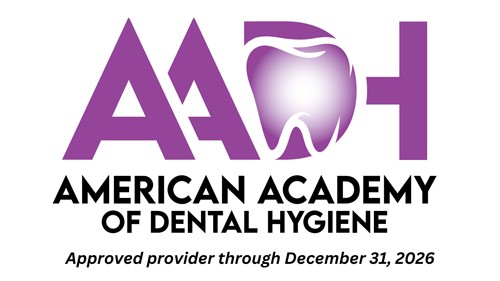This course has expired and is no longer available.
Despite the risks associated with dental surgery, each year an abundance of healthy, asymptomatic third molars are extracted from dental patients. According to the American Association of Oral and Maxillofacial Surgeons, about 85% of third molars ultimately require removal because of impaction, decay, pain, and/or crowding.7 However, evidence supporting the prophylactic removal of third molars is surprisingly sparse. This course will examine the controversy of whether impacted third molars induce anterior crowding and whether crowding truly warrants their removal. Educational objectives In this educational activity, participants will explore the following: 1. Whether impacted third molars are the fundamental reason for crowding in the anterior of the lower arch 2. Factors that may influence crowding of the lower incisors 3. Classifications of impacted third molars 4. Complications of impacted third molars 5. Mesial drift and its role in the dental arch 6. The role of the dental hygienist in problems related to third molars
Course Content






